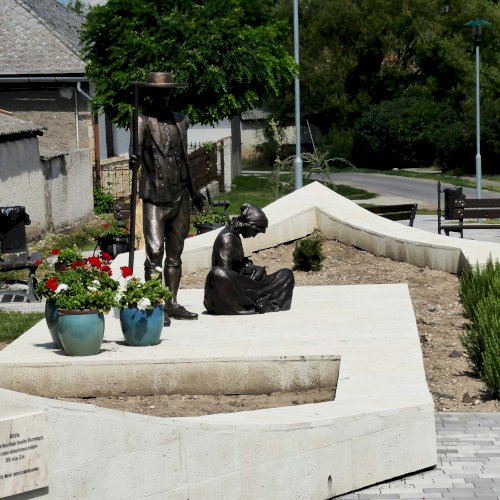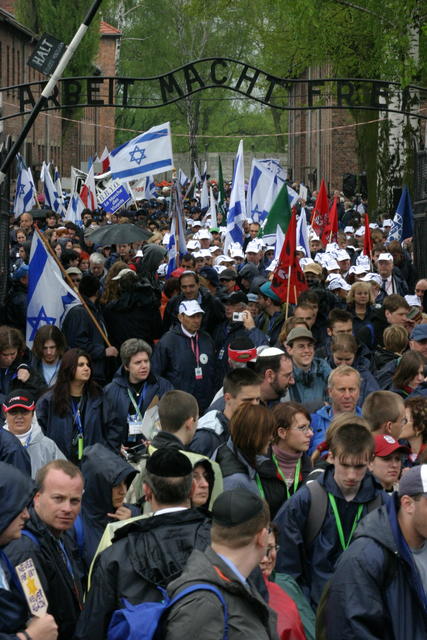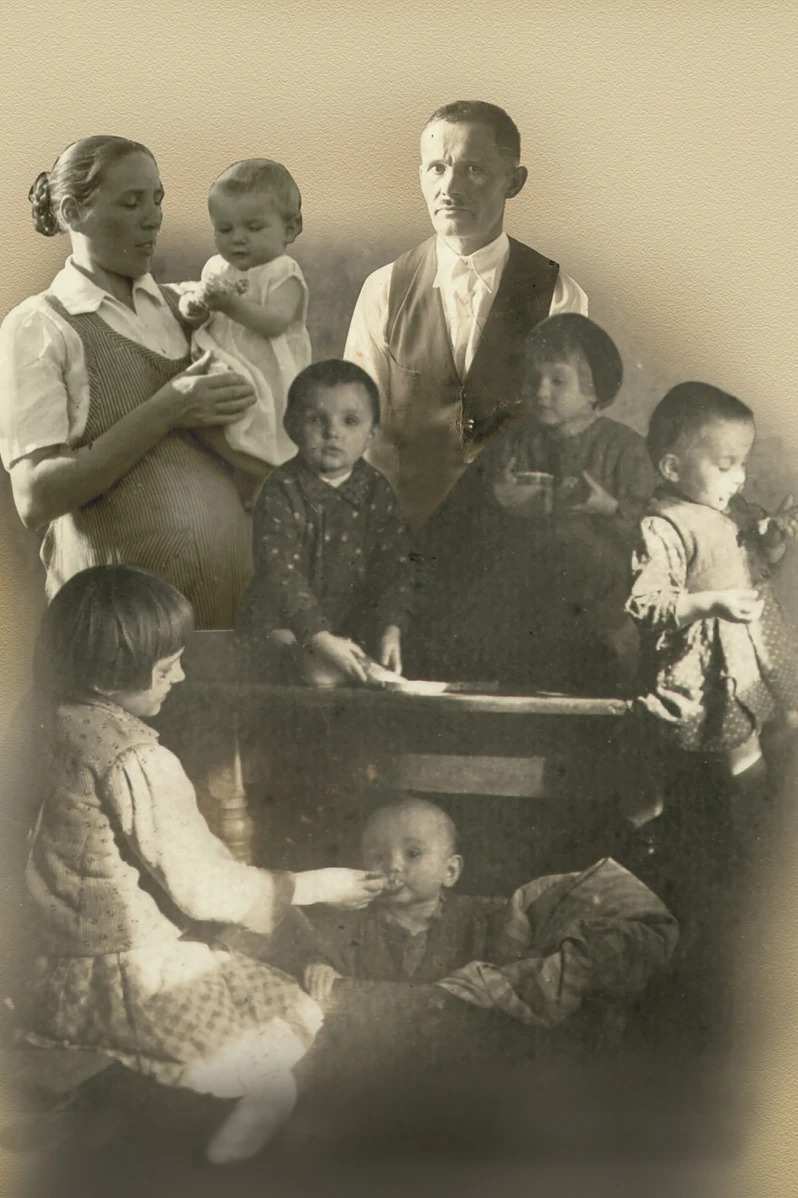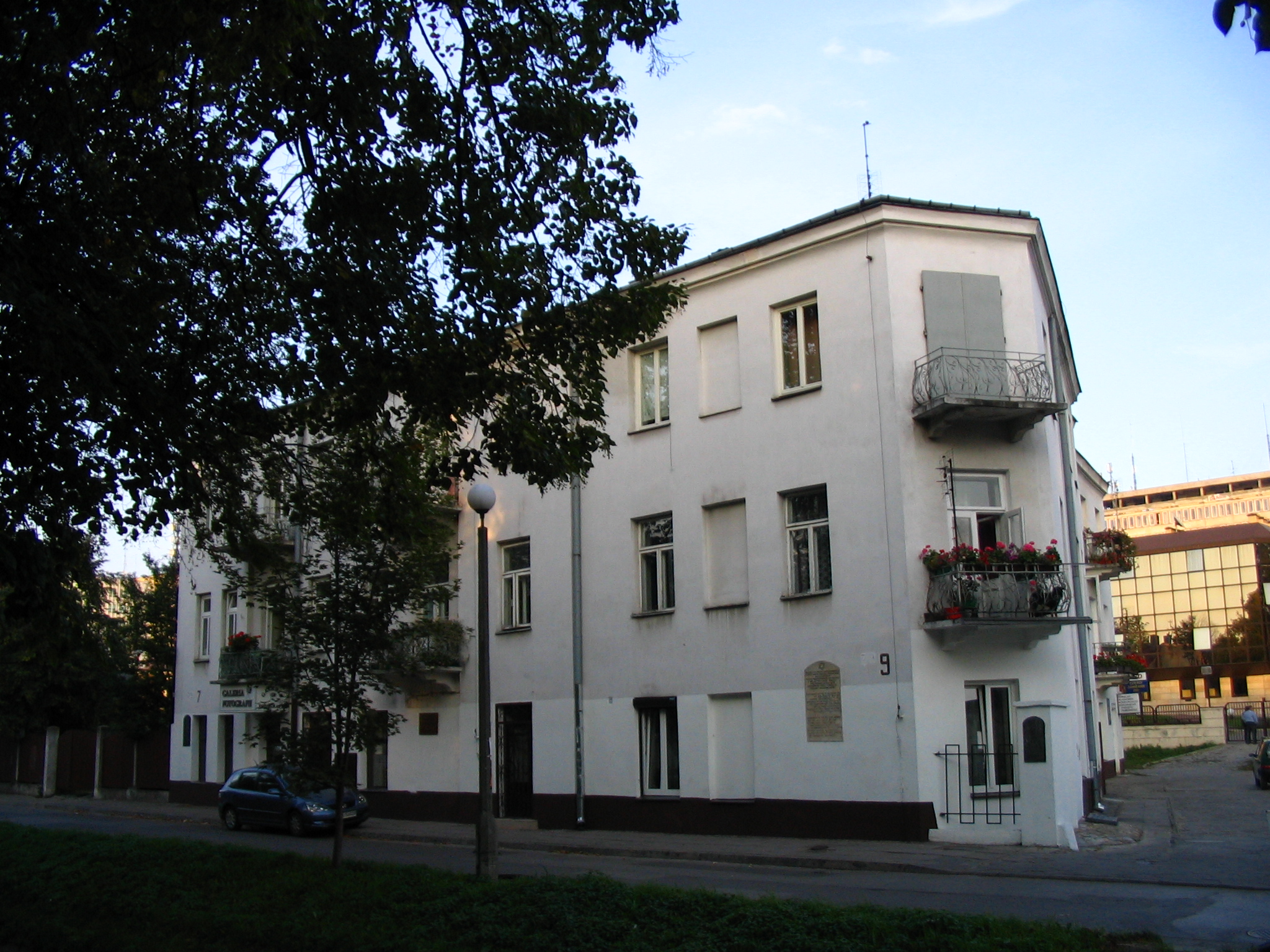Settlement of Germans in the Kingdom of Hungary – Rátka
Fact of the Hungarian figure „Minorities in Hungary”
Part of the „The emancipation of minorities” topic
The settlers, known as Danube Swabians, came after the liberation from the Ottomans and were offered incentives such as land, tax exemptions, and religious freedom. They brought with them advanced agricultural techniques, craftsmanship, and a strong work ethic, which contributed significantly to Hungary’s economic revival. Villages like Rátka, located in the Tokaj-Hegyalja wine region, were among many communities that flourished due to this migration. The German settlers in Rátka and similar villages played a crucial role in developing viticulture and other local industries, blending their traditions with those of the local population.
The integration of these German settlers into Hungarian society was largely successful, thanks to the relative tolerance of Hungarian public law, which allowed them to preserve their language, customs, and religious practices. This period of coexistence laid the foundation for a multicultural society in Hungary, where various ethnic groups, including Germans, Hungarians, Slovaks, and Serbs, lived and worked together. Aside from the Jews, the Germans experienced the highest rate of assimilation; however, although this did not mean full Magyarization, it often simply resulted in the development of dual identities.
Today, Rátka and other villages with German roots stand as reminders of this complex history. The contributions of the German settlers are recognized and celebrated, especially in cultural festivals, local museums, and the preservation of architectural heritage.





